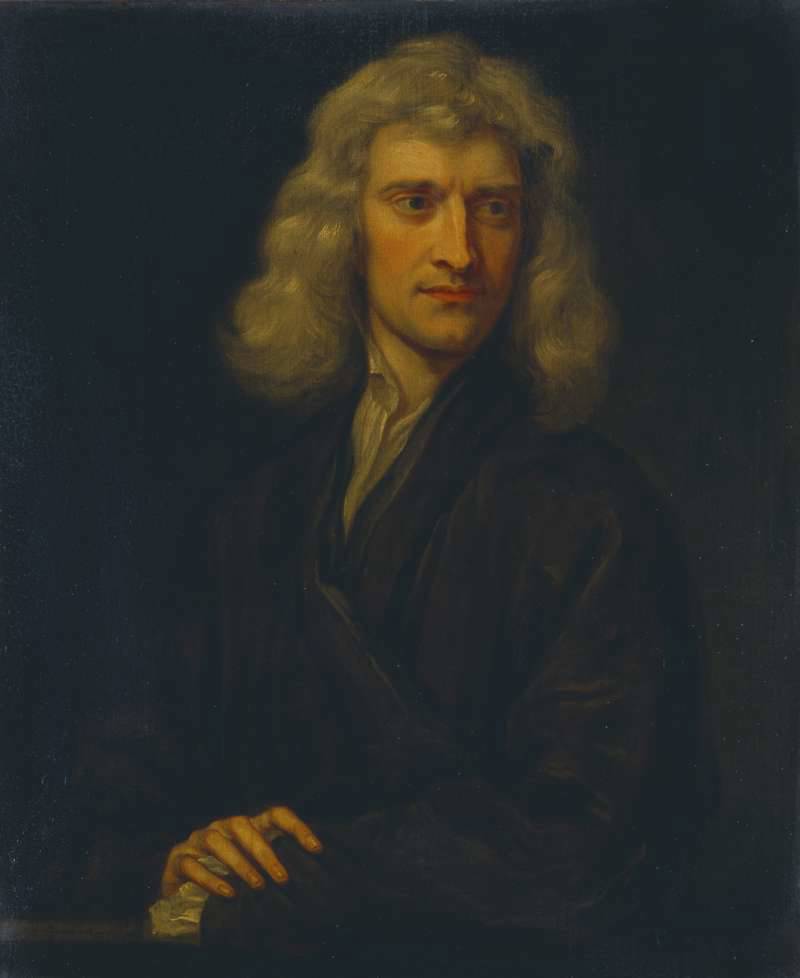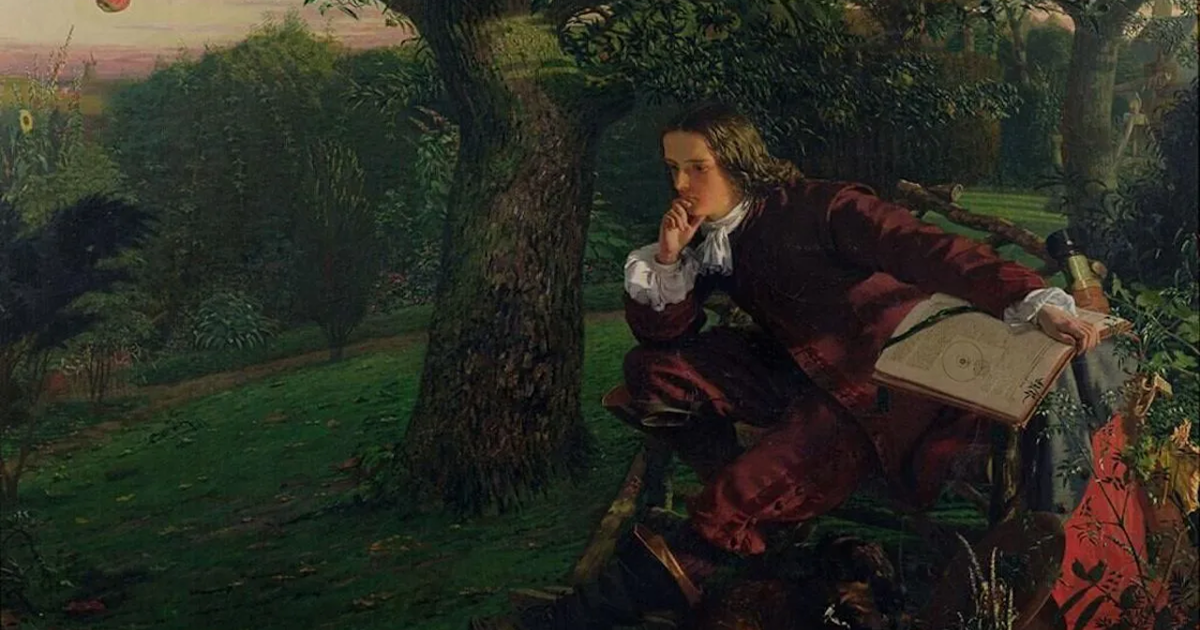In the 17th century, English physicist and mathematician Sir Isaac Newton revolutionized our understanding of the universe with his book. Gravity theory. Before Newton, the idea that a single force could explain the motion of celestial bodies and terrestrial bodies was common Unthinkable.
Through his observations and calculations, Newton not only found an explanation for the fall of objects toward the Earth, but also formulated a theory that unified celestial and terrestrial phenomena under the same laws of nature.
Although it may be partly mythical, it is a story The apple falls from the tree It symbolizes the power of observation and scientific curiosity. Newton wondered why the apple always fell to the bottom and not in any other direction, which prompted him to develop his intelligence Law of universal gravitation.
History of the apple
The story of Newton and the famous apple has endured over time, becoming a kind of foundational myth of modern science. According to legend, Newton was sitting under an apple tree in the garden of his home in Woolsthorpe, when A The apple fell to the ground. This daily occurrence, which he had actually observed hundreds of times, raised a question in his mind: Why does the apple always fall? vertical To the ground and not to the sides or up? It seems that this question made him think about the existence of a force that attracts objects to the Earth.
However, there is no confirmation of the veracity of this story. The first written reference to the apple is found in the notes of William Stokely, a friend of Newton, who included this account in a biography written in 1752, many years after the scientist's death. According to Stokely, Newton commented that the falling apple led him to believe that “The force of gravity was not limited to a certain distance from the Earth, but must extend much further.. This intuition was key to the development of the theory of universal gravitation, which posits that the same force that makes an apple fall to Earth is what keeps planets in their orbits.
Fact or fiction, the story of the apple is a great symbol of how Monitor daily life It can inspire truly revolutionary discoveries. Newton applied his brilliant analytical skills to this simple vision, from which he developed an entire theory It changed instantly The way we understand the universe. Perhaps it was this integrative approach that cemented Newton's position as a central figure in the history of science.


Universal law of gravity
Thus, the law of universal gravitation revolutionized scientific thinking at that time. Before Newton, the prevailing idea was that the laws governing the motion of bodies on Earth were completely different from those governing celestial motions. Newton broke this tradition. The essence of his law was that all objects in the universe, regardless of their size, have an effect Gravity attraction One on the other. This attraction depends on your macaroni And from distance Where it is located: the more massive it is, the stronger its gravitational pull and the farther away it is, the lower it is.
this is the law, basic that it worldwideIt has been successful because of the way it corresponds to observable reality and because of its applicability to a wide range of phenomena. For example, with a very simple explanation, followed by an elegant formula, Newton explained it moon It remains in orbit around Earth thanks to… Gravity attraction That the planet affects it and that the Moon also affects the Earth – although it is much less clear because it has less mass.
In addition to explaining observable phenomena, Law of universal gravitation Newton also made it possible to make accurate predictions about future events, such as eclipses or the position of planets in the sky. This ability to interpret past, present and future events occurring on Earth and in the universe led to the creation of its law as law Unified framework physics, demonstrating that the same sets of principles are applicable to a wide range of situations. This concept, although improved by contemporary physics, remains a fundamental principle of classical mechanics.

“Wannabe internet buff. Future teen idol. Hardcore zombie guru. Gamer. Avid creator. Entrepreneur. Bacon ninja.”



